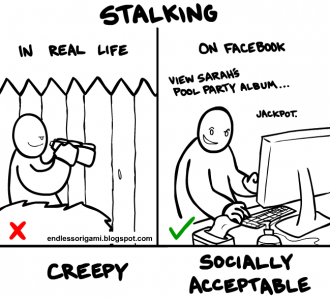“A picture is worth a thousand words.”
We’ve all heard this saying before, but in a world where everyone aged nine to ninety is equipped with a smart phone and social media account (or five), this age-old phrase takes on a much more literal meaning.
Nowadays, GPS satellite technology is embedded into so many of our devices for location purposes that we tend to overlook the role it plays in our daily lives. For instance, every time you use Google maps for directions, “check-in” to that hip new bar on Facebook, or troll Tinder to find hotties within a 5km radius, location tracking is at work.
One popular use of GPS technology is geotagging, which is the process of attaching location and time information to media, such as photos and videos. Geotagging your photos allows you to show your friends and family what you’ve been up to and is an excellent way to share experiences with your community, such as trying out a new restaurant or visiting a local attraction. This feature helps people find a variety of location-specific information with ease, and allows media platforms to become much more social and interactive for its users.
Today, almost everyone who uses smart phones, cameras, or any form of social media, is most likely utilizing geotagging technology – whether they realize it or not. Media taken with most location aware devices are tagged with geodata by default, and the data remains attached to those files if you text, email or share them almost anywhere online. According to Larry Pesce and Ben Jackson, creators of icanstalku.com, inadvertent geodata sharing poses potential risks as individuals often “share too much information about their location, right down to the exact Latitude and Longitude.”

The reality is that with the right technology, any random person can extract date, time, and location-specific information from media that you share publicly, and this information can potentially be used to commit crimes against you. For instance, cyber criminals could find out where you live and determine the best time to break into your house by viewing tagged photos from your home and current vacation spot – yikes!
Although geotagging can be a fun component of media, it is always important to remain vigilant about your personal security. If you choose to use this feature, make sure the images you actively geotag are uploaded in a secure manner and think critically about whether the geodata of your photos can be used against you in any way. We also suggest that you double check the location and privacy settings on your smart phone and smartphone apps in order to ensure your desired privacy. To find out how you can alter location settings on your iPhone, Android, or Blackberry, click here for more information.
Are you aware of geotagging on your smart phone? Is geotagging scary big brother or a fun addition to social media?
We want to hear what you think in the comments below!

